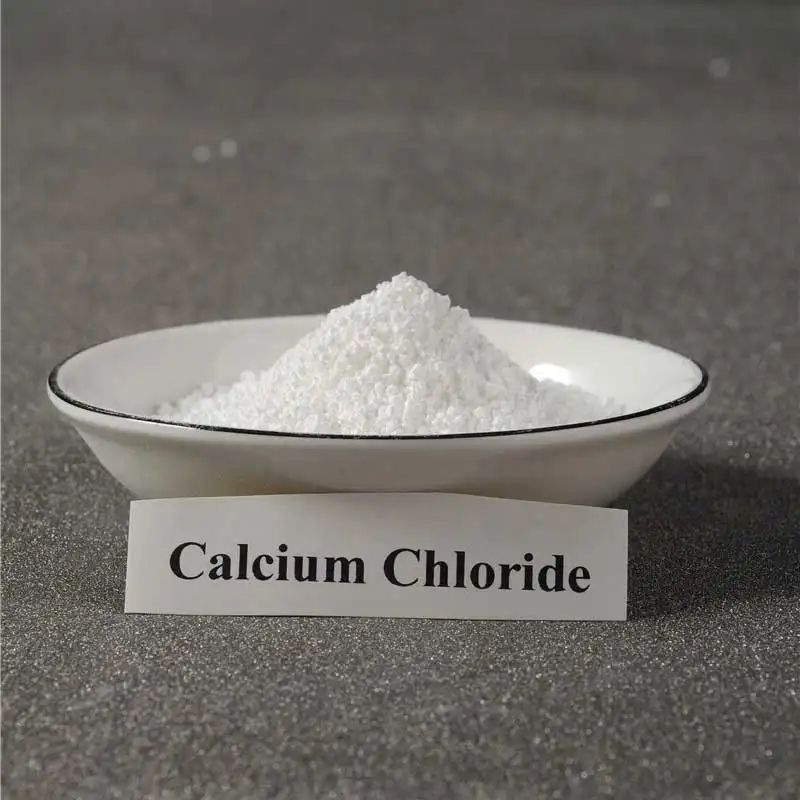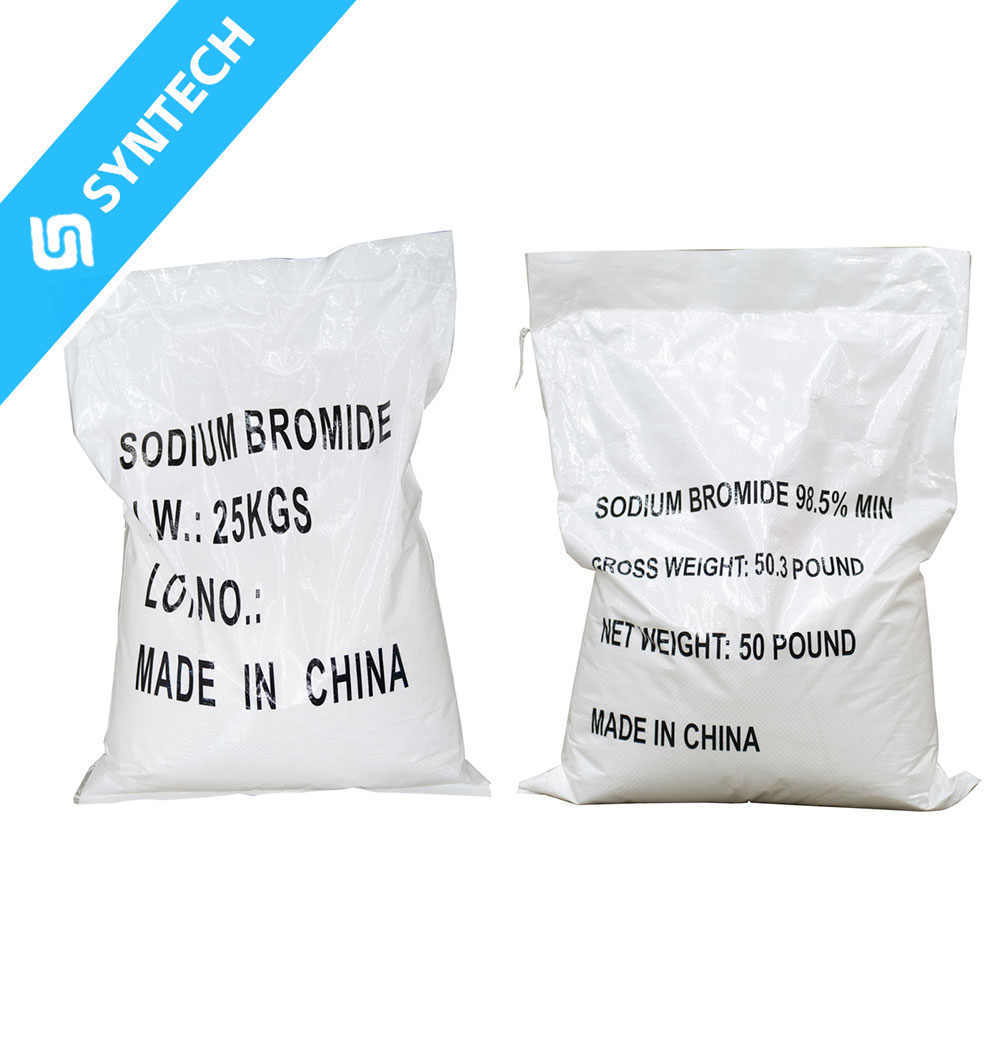Sodium methallyl sulfonate (CAS: 1561-92-8) is a corrosive and irritating chemical that may cause harm to the human body upon prolonged or improper exposure. The following measures can effectively minimize its hazards:
1. Personal Protective Measures
- Wear protective gear: Operators should wear chemical-resistant gloves, safety goggles, face shields, and respirators to avoid direct skin, eye, or respiratory exposure.
- Protective clothing: Wear chemical-resistant lab coats or coveralls to prevent contamination of clothing.
- Avoid direct contact: In case of skin or eye exposure, immediately rinse with plenty of water for at least 15 minutes and seek medical attention.
2. Workplace Controls
- Ensure proper ventilation: Operate in a fume hood or enclosed system to maintain good airflow and reduce inhalation risk.
- Avoid high temperatures and open flames: The substance may decompose at high temperatures, releasing toxic gases (e.g., carbon monoxide, sulfur oxides). Keep away from heat sources and flames.
- Minimize dust generation: Use wet methods or closed systems to reduce airborne dust concentrations.
3. Safe Storage and Transportation
- Sealed storage: Store in a dry, cool place away from oxidizers and flammable materials, avoiding direct sunlight.
- Moisture-proof packaging: Use PE-lined kraft paper bags or sealed containers to prevent moisture absorption.
- Compliant transportation: Avoid mixing with incompatible chemicals during transport and prevent leaks.
4. Emergency Response
- Spill cleanup: Use inert absorbent materials (e.g., sand, diatomaceous earth) to collect spills, avoid direct contact, and dispose of properly.
- First aid for poisoning: If ingested or inhaled in large amounts, seek immediate medical attention and provide the Material Safety Data Sheet (MSDS).
5. Long-Term Health Management
- Regular health checkups: Workers with prolonged exposure should undergo occupational health monitoring, focusing on skin, respiratory, liver, and kidney health.
- Minimize exposure time: Optimize processes and use automation to reduce manual handling.
By implementing these measures, the health risks associated with sodium methallyl sulfonate can be significantly reduced. For more detailed safety guidelines, refer to the supplier’s MSDS or relevant industry standards.






